On the waterfront in Nagasaki 👹🍣🎎 My Japan
Today we are back in Nagasaki, the Japanese port city on the southern island of Kyushu. The history of the city is quite turbulent. In the 15th century, Nagasaki was only an insignificant fishing village, but the arrival of the Europeans, especially the Portuguese, quickly changed the city's importance.
Nagasaki became a port of call for the Portuguese long-distance trade, which brought goods from all over the world as well as a number of Jesuit missionaries, who converted parts of the population and also some regional feudal lords to Christianity. As the regional rulers in particular, the daimyo, gained wealth and power through oversea trade, the Japanese military rulers set about banning Christianity and persecuting Japanese and foreign Christians. This resulted in various brutal conflicts and massacres, and meant that during the Edo period, Christianity could only be practiced in secret.
The Portuguese were eventually forced to leave the country and from the 16th century onwards, only the Dutch were allowed to operate a small factory in Dejima, a little artificial island in the bay of Nagasaki. Although the Dutch were generally not allowed to leave Dejima, Nagasaki subsequently developed into a hub for the transfer of Western science and technology to Japan. Many Japanese thirsting for knowledge came to Nagasaki to obtain information and insight into life outside Japan, which at that time had isolated itself from the rest of the world.
After the forced international opening of Japan in the mid-19th century and the fall of the Edo Shogunate, Nagasaki became one of the seven treaty ports that were forcibly opened to foreign trade. During the Meiji period, the city and administration were modernized under Prussian influence and Nagasaki quickly gained economic dominance, especially in shipbuilding, with local industry developing into a shipyard center for the imperial navy.
This may also have been one of the reasons why Nagasaki was the victim of the second atomic bombing at the end of the Second World War. The bomb was actually intended to hit the shipyards or a weapons factory, but missed its target by more than two kilometers. Tens of thousands of people died in the second atomic bombing after Hiroshima a few days earlier and this event remains etched in the memory of the city and the world to this day.
After the war, the city was rebuilt, creating a completely new cityscape. However, for me the city has retained some kind of southern European charm to this day, although you can also find many Asian influences, especially Chinese. Christianity also gained popularity again, and Nagasaki today still has the highest proportion of Christians of any major Japanese city.
Nagasaki shows its modern side, especially near the bay, which is geographically almost in the middle of the city. On one side of the bay you can see larger harbor facilities and on the other a wide, open park that invites you to stroll and linger.
And it was precisely on this side that we took a little walk and let the scenery work its magic on us. As I've mentioned before, I love being by the water, and that was once again the case here in Nagasaki.
The “Nagasaki Dejima Wharf” shopping complex, located directly on the waterfront, is lined with fashionable stores, restaurants and cafés and at first glance does not look at all Japanese. But you get this impression time and again in the city, which contributes greatly to its special fascination.
Here you have a good view across to the other side of the bay with its industrial facilities, where it is sure to be significantly busier than around us, where things were more relaxed. The extensive park ensured that the visitors were spread out and that we could pursue our own thoughts in peace.
But we were not completely alone, and life here around us showed itself from its cheerful side. Big and small, old and young enjoyed the here and now, and the past seemed to lie far in the past.
In the far background we see the Megami Bridge, behind which the bay of Nagasaki stretches out into the open sea and ships sail out into the big wide world. The Megami Bridge is the newest bridge in Nagasaki and the longest cable-stayed bridge on Japan's southern island of Kyushu. The bridge measures 880 meters in length and 170 meters in height, with the road platform 65 meters above the water, allowing large ships to pass underneath. As a pedestrian you are allowed to walk over the bridge for free while drivers have to pay some road toll. A remarkable feat of engineering and a magnificent landmark on Nagasaki's horizon.
This ship should also have no problems passing under the bridge, although these days it will probably no longer be sailing the great oceans of our world. But it forms a wonderful contrast to the modernity around us, reminding us of old, bygone times when it was still a great adventure to travel to distant lands.
We may be spared the great adventure, with all its dangers and hardships, in this day and age, but it is still fun to explore our world. Travel has become more comfortable and easier, which is why more and more people are now able to travel and explore distant regions of our planet. Nagasaki continues to see many visitors from many countries and is a really worthwhile destination. And I haven't even mentioned that from Mount Inasaki on the other side of the bay you have one of the best night views in Japan. It's worth visiting Nagasaki for that alone.
I myself would love to go back and visit Nagasaki again. I'm sure there's still a lot for me to see and discover there. It's a bit far to get there right now, but who knows...with a bit of luck one day I'll make it to this city in the south of Japan again. I would be extremely happy about it....
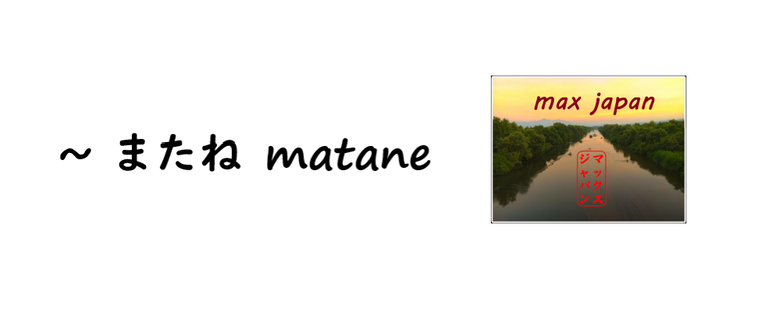
[//]:# (!worldmappin 32.74262 lat 129.87029 long On the waterfront in Nagasaki 👹🍣🎎 My Japan d3scr)
[//]:# (!worldmappin 32.74262 lat 129.87029 long On the waterfront in Nagasaki 👹🍣🎎 My Japan d3scr)
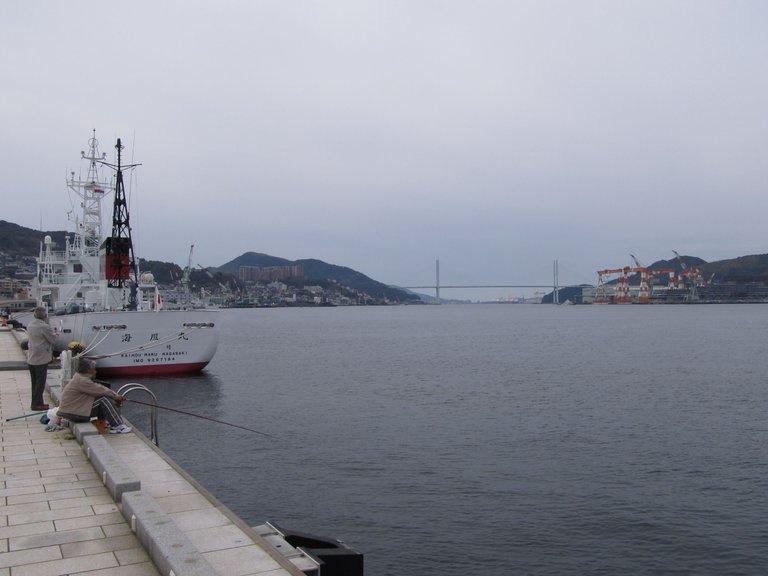
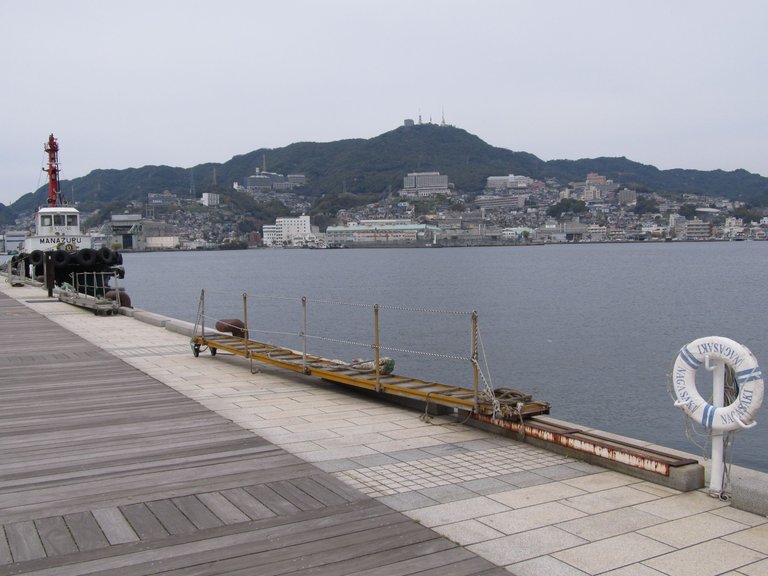

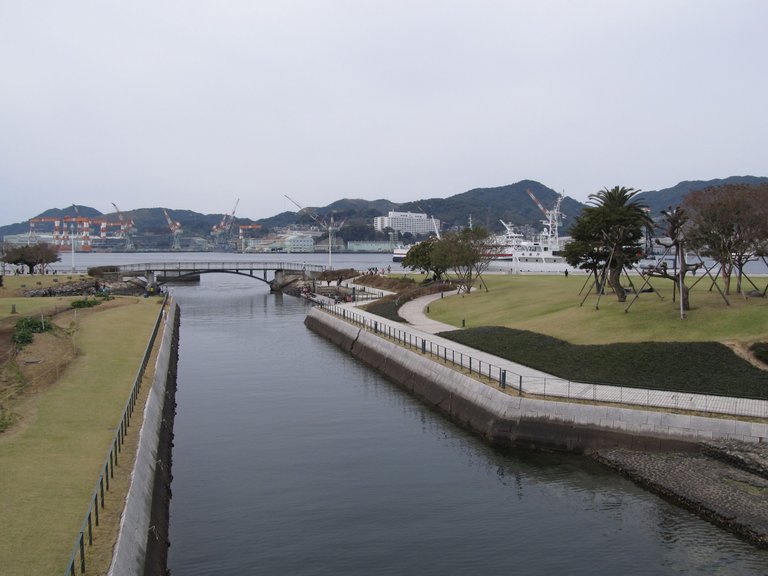

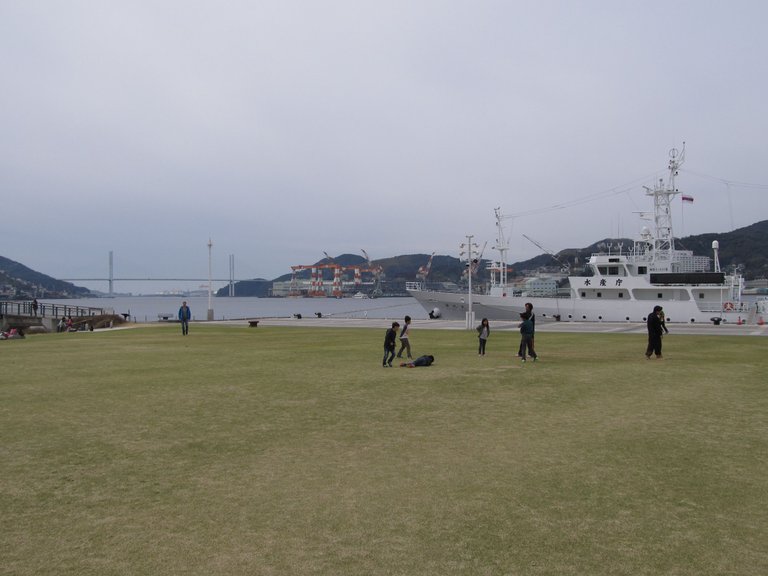
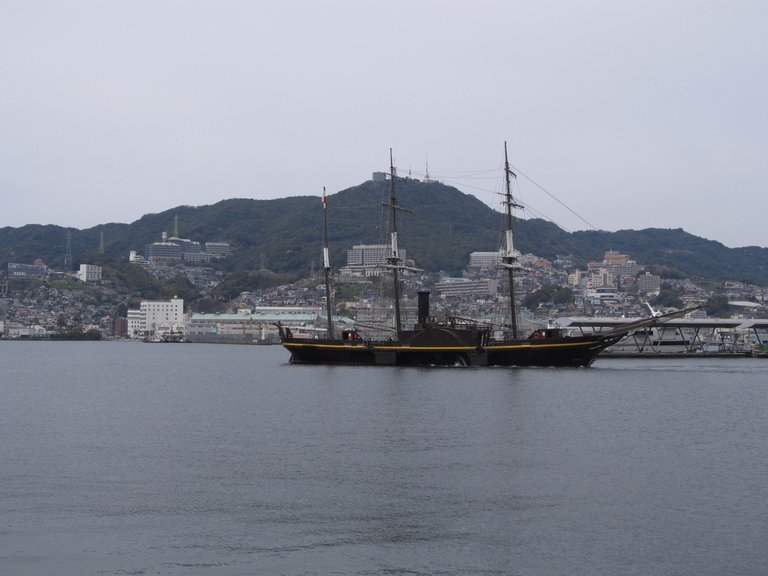
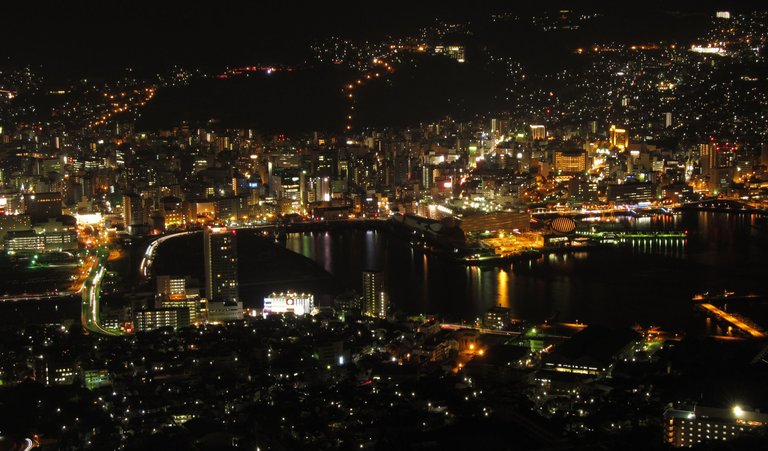
You can check out this post and your own profile on the map. Be part of the Worldmappin Community and join our Discord Channel to get in touch with other travelers, ask questions or just be updated on our latest features.
You are back sharing very beautiful picturesYou are back sharing very beautiful pictures,
it is a place I highly recommend!
A very beautiful place to visit. The bridge looks amazing, and the sea looks calm and tranquil. Thanks for sharing your world with us.
Japan has so many great places, Nagasaki is only one of them!
Very beautiful place and the history is very deep I really like it really amazing place ❤️🙏
cheers!
Hiya, @lauramica here, just swinging by to let you know that this post made it into our Honorable Mentions in Travel Digest #2633.
Your post has been manually curated by the @worldmappin team. If you like what we're doing, please drop by to check out all the rest of today's great posts and consider supporting other authors like yourself and us so we can keep the project going!
Become part of our travel community:
thanks a lot for your support!
You are very welcome @maxinpower! it was well deserved. ☀️
We are already looking forward to reading more about your adventures!